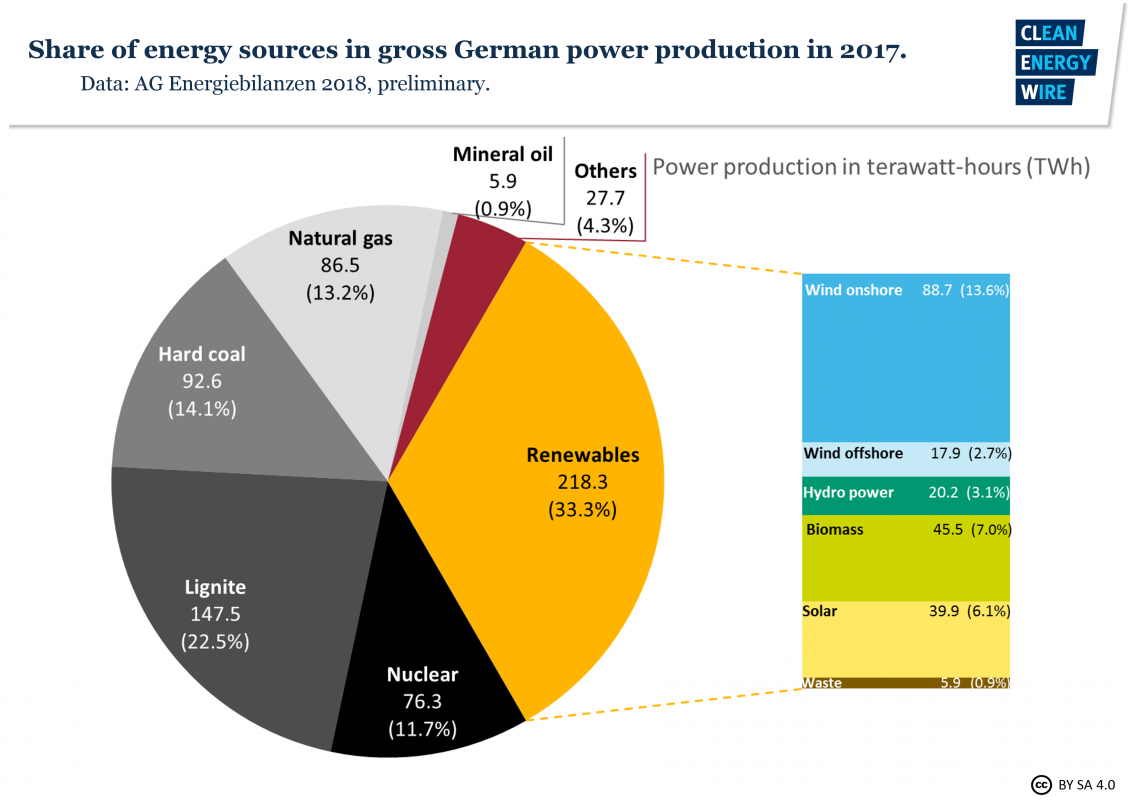Don't worry. They will get their power. It just might not be from coal.Hillhater said:China's wont stay unused.
They are despeate to get power to many of the remote population that had their open coal/ wood fired stoves and house fires, conficated by force a few years ago in order to meet some random emission target.
The millions of homes were promissed electric cookers and heaters as replacements.....bu unfortunately the planned power plants to supply those heaters were stopped by Central Authorities.
=====================
China bumps up renewable energy target to reduce reliance on coal
Non-compliant companies will be hit with fines.
Rachel England, @rachel_england
09.26.18
China, the world's biggest energy consumer, is stepping up its push into clean power with a revised renewable energy target. The nation is now aiming for renewables to account for at least 35 percent of energy consumption by 2030, whereas its previous target only stipulated "non-fossil fuels" making up 20 percent of energy use within the same time frame.
The new plan, called the Renewable Portfolio Standard, aims to tackle the country's soaring pollution levels by reducing its reliance on coal. The legislation also raises targets for individual provinces, and calls for non-compliant firms to pay compensation charges to grid companies, which will be used to cover government subsidies for renewable projects.
It's an encouraging step, especially from such an energy-hungry country. But in comparison to many other parts of the world, it's essentially an exercise in keeping up. The EU has a target of 40 percent renewables by 2030, for example, while the US -- although not beholden to any nationwide regulation -- is home to over 30 states with enforced or voluntary renewables targets hovering around the same levels. California has pledged 50 percent by 2030, Colorado 30 percent by 2020 and Minnesota around 25 percent by 2025.
Nonetheless, it's still an aspirational target -- China's an influential economy and will do well to lead by example. It's also already a major producer of renewable energy and indeed, renewable energy technology, so the target increase is undoubtedly designed to help bolster markets in this area, and reduce reliance on trade deals with the rest of the world. It's no secret that they're in jeopardy at the moment.
=======================
China and India lead the surge to solar energy
Emerging markets leave developed nations behind in race for renewable power
Kiran Stacey SEPTEMBER 24, 2018
Financial Times
This year, emerging markets will overtake developed nations in terms of the amount of renewable wind and solar power they have installed, according to Moody’s, the credit rating agency.
In the decade to 2016, the amount of solar power generated across the world has risen by 50 per cent, while wind has increased by 22 per cent, according to BP’s annual review of world energy.
While developed economies have been leaders in the development of renewable power, much of the recent momentum has come from developing nations — and from China and India in particular, which are now the biggest and the third-biggest renewable electricity markets, respectively.
Swami Venkataraman, co-author of the recent Moody’s report, said: “Countries such as China and India [are] leading the charge, as new renewables become competitive with other sources of power even in developing nations.”
Fuelled by a dramatic reduction in the costs of wind and solar technology, both China and India have raced ahead with installing renewable power as they look to build on their impressive economic growth. The pace of this new installation of renewable power sources has cheered defenders of the Paris climate agreement even after President Donald Trump withdrew the US from the accord. “The magnitude of the technology cost deflation is way ahead of anything forecast by anyone in the world,” says Tim Buckley, director at the Institute for Energy Economics and Financial Analysis.
Last year, China added 50 gigawatts of solar power capacity, according to the International Energy Agency — more than it added for coal, gas and nuclear power capacity put together, and equivalent to the combined solar capacity of France and Germany.
India, the world’s fastest-growing major economy, added around 9.5GW of solar. The country is on course to hit 28GW by the end of 2018 — six times what it had installed three years ago.
Wind is growing less quickly, but from a higher base. Last year, China added 15.6GW of wind capacity — an increase of 10 per cent.
==========================



